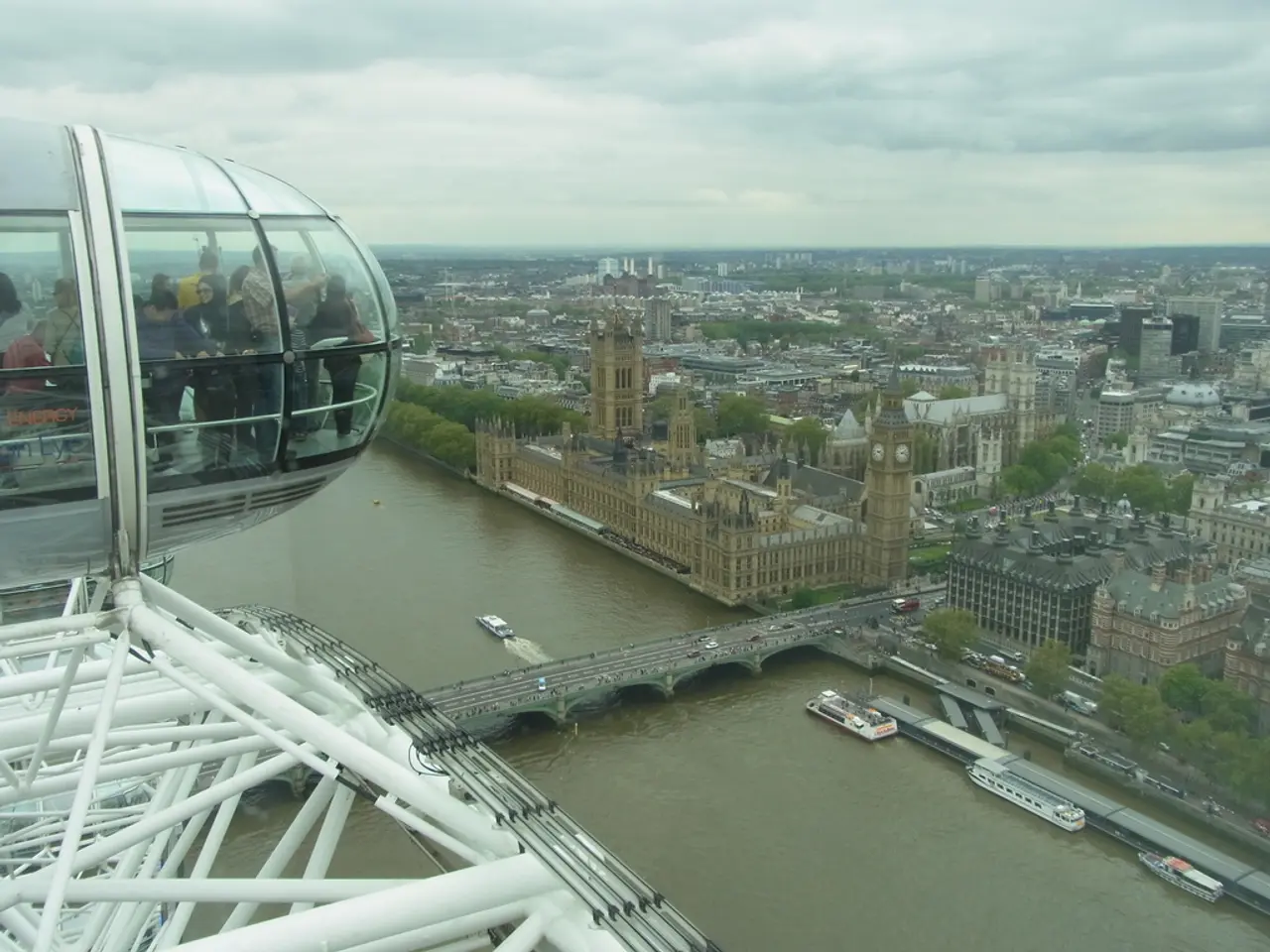London's affordable rental options for individuals with low income represent a mere 5% of the rental market.
Shrinking Private Rented Sector in London Pose Challenges for Affordable Housing
A recent analysis by Savills, commissioned by London Councils and Trust for London, has revealed that the private rented sector (PRS) in London has significantly shrunk over the past two years. This trend, combined with high rents and a chronic shortage of affordable housing, is causing significant pressure for low-income private renters in the city.
According to the report, 45,000 rental properties were sold in London during the period without being replaced. This has contributed to the falling number of privately rented homes, which now stands at 2.7 million people relying on them, accounting for 4.3% of London's private rental market.
The reduction in the availability of PRS properties affordable to households relying on Local Housing Allowance (LHA) to cover their rent has gradually worsened throughout 2023-24 for all property sizes. This situation is exacerbating housing insecurity and homelessness risks in London.
The government's response to this issue includes regulatory changes aimed at balancing landlord and tenant interests, support for build-to-rent (BtR) housing, measures to increase housing supply overall, homelessness prevention initiatives, and addressing rental affordability.
Regulatory changes have seen legislation that removes tax advantages from landlords, increased stamp duty for buy-to-let investors, and stronger renter protections. While these changes aim to improve tenant security, they have also contributed to landlords exiting the market, reducing PRS supply.
To counteract net losses in private rental homes, the government and local authorities have encouraged BtR developments, which are typically large-scale rental complexes owned by institutional investors. However, current BtR output is not fully replacing the decline in smaller landlord-owned properties.
The government plans aim to boost new housing construction, including affordable housing, indirectly easing pressure on the rental market. However, supply growth has struggled to keep pace with rising demand, especially in London where house prices remain high relative to income, pushing more people into lifelong renting.
Local governments have implemented schemes to prevent homelessness by assisting tenants at risk of eviction through rent deposit schemes, mediation, and increased support services. These efforts rely heavily on the availability of affordable rental properties, which is constrained by the shrinking PRS.
To address rental affordability, though recent data show rental growth slowing and even falling slightly in London for the first half of 2025, rents remain very high, creating affordability challenges that impact mental health and stability for renters, including vulnerable groups like students and low-income workers.
London Councils is calling on the government to make the increase in LHA rates a permanent fixture ahead of the Autumn Budget. They are also committed to working closely with the government to address the shortage of affordable accommodation. Significant investment in building social housing is also suggested as a solution.
Trust for London's Grants Manager, Susie Dye, suggests the government needs to act to make homes more affordable by ensuring Local Housing Allowance covers the actual costs of renting. She also emphasized the need for rates to be updated annually to help track market rents.
It is worth noting that a 41% reduction in the number of PRS properties advertised to let since the COVID-19 pandemic was previously discovered by London Councils.
In summary, the government response combines tighter landlord regulations and tenant protections, promoting build-to-rent developments, and homelessness prevention programs. However, the shrinking private rented sector coupled with very high rents continues to exacerbate housing insecurity and homelessness risks in London. Further interventions aimed at increasing affordable rental supply alongside financial support for at-risk renters are critical to addressing these challenges.
- The decline in privately rented homes, particularly those affordable to households reliant on Local Housing Allowance, has been a gradual issue throughout 2023-24, exacerbating housing insecurity and homelessness risks, as highlighted in the report.
- To counteract the net losses in private rental homes, the government and local authorities have encouraged build-to-rent (BtR) developments as a solution, but the current output of such homes is not fully replacing the decline in smaller, landlord-owned properties.
- As the private rented sector continues to shrink and rents remain very high, significant investment in building social housing and making adjustments to Local Housing Allowance rates to cover actual rental costs are critical to addressing affordability challenges and reducing housing insecurity in London.




